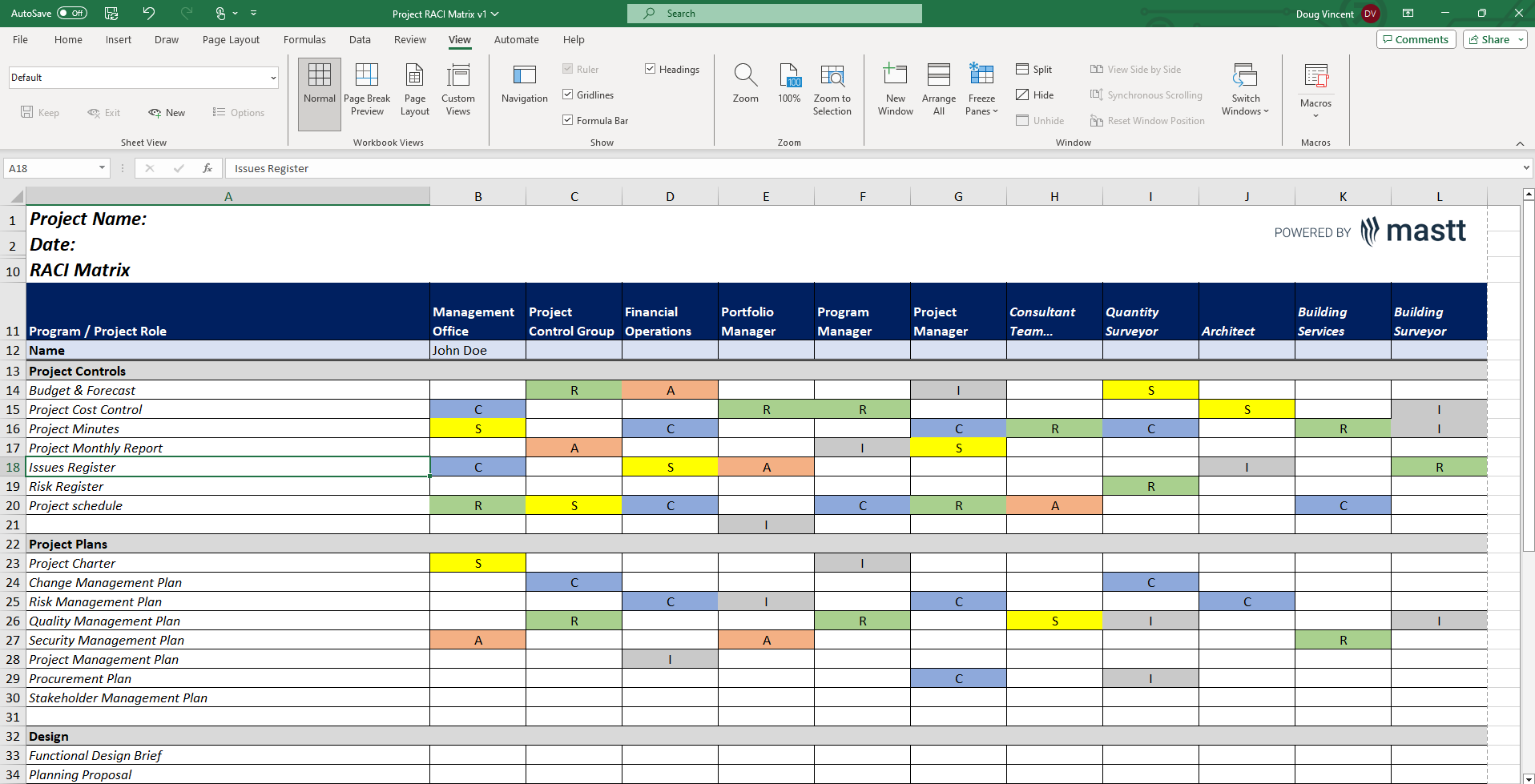I'll never forget being yelled at by my first site manager and working on construction sites as a young man. It is truly a wild, animalistic place, so we have decided to identify a few parallels with the animal kingdom in this article.
You may not notice it, but your role in capital project management and your characteristics can easily be equated with those of our dear friends from the animal kingdom – whether you are a client-side project manager, contractor, or consultant.
After all, we work around the habitats of these creatures: invading the skies through the airports, sky-soaring skyscrapers, filling the land with concrete jungles in our cities, and conquering the seas through expressways and bridges. The parallels are endless!
Let us see if you agree with these comparisons. If not, well... what's life without a bit of whimsy, eh?
The Client-Side Project Manager: The Dolphin
We felt that dolphins best represented client-side project managers. They look good for the owner, are great at interacting with stakeholders, and can recognize themselves in a mirror, just like a client-side project manager who tucks in their shirt and checks their look is appropriate before going to the site. "Should I wear my RM's or steel blues?" Either choice won't make them well accepted onsite.

Like dolphins, which have a pod, client-side project managers also have a much larger pod of client-side project managers back at the office. Not long after venturing to the site, they will return to the pod. Dolphins also seem to have an ability called echolocation, so they pick up and use echos, much like a client-side project manager who will take something a builder or consultant says and then recites it back to show they know what's up.
The Architect: The Owl
We feel the architect is the owl with a 360-degree neck to spot all defects and see their unbuildable designs from all angles. Like an owl, an architect has a super-powerful vision. An own's eyes are tube-shaped, offering a larger surface area for light absorption. However, this eye structure means their eyes are fixed in their sockets, so they must turn their head to change views.

Architects, too, may have tube-shaped eyes as they can only see their design and sometimes don't see 'buildability' or the cost of some crazy vision they have come up with. Owls are also protected animals because they are going extinct, much like architects will soon go extinct with AI. Perhaps we should put architects on the endangered species of construction consultants list?
The Construction Project Manager: The Lion
Leading the pride (trades) with authority (fear), the construction project manager is the lion, so they can "roar" at people all day long to move the project forward. Lions are strategists; they don't do heaps of work but coordinate with a balance of power and some know-how. Like a lion, don't challenge a construction project manager's authority or territory, and never enter the site shed if the door is closed.

Construction project managers oversee every phase of the building process, the king of the jungle/project, so to speak, right from planning to execution, which is probably why construction project managers have a short lifespan in that role like a lion (10-14 years).
The Site Manager: The Beaver
The site manager's animal counterpart is a beaver. They don't roar as loud as a lion, but site managers, like beavers, have extraordinary constructive abilities (hopefully) to build stuff and occasionally lose their temper. Beavers build dams, canals, and lodges using tree branches, mud, and rocks that they have stolen (not suggesting site managers are thieves but rather always resourceful). Don't see that similarity? Check out this video of a beaver building a dam!
Like site managers, beavers are heavy communicators and very social, talking a lot around smoko time and using various 'vocalizations,' body language, and scents. They use scent to mark their territory, which will resonate with those who enter the site manager's shed.

The Project Owner: The Turtle
Project owners best fit the classification of a tortoise. Some project owners are a lot older, having spent most of their career downstream onsite, so like a tortoise, they share in a trait of longevity. Project owners are slow like a tortoise, walking slowly around the construction site, taking it all in, and having this cool ability to regulate their temperature. Owners are good at this, too; they know when to speak up and know when to keep it cool.

Like a tortoise, the project Owner has distinct physical characteristics and may not wear proper footwear or clothing to the construction site, making it very easy to spot them. There are heaps of tortoise species (like project owners), and they are terrestrial together, always preferring the safety of the office (or water, for a tortoise). We have yet to see a project owner with a 'shell' on their body, but it may happen in the future.
The Quantity Surveyor: The Elephant
Quantity surveyors are elephants because they are pretty intelligent and good with numbers and thick skin, but this might be because most of them are English and so pretty tough either way. Since quantity surveyors are insanely good at navigating cost estimates, we thought that was similar to an elephant who seems to be able to navigate without a map. "The length of steel we allowed on the top deck is on page 10,199 of 11,340 in my Cost Report". Cheers, I'll flick right to it!

Unfortunately for both, human activities affect both elephants and QS. Elephants are becoming extinct, and when owners/builders/client-side project managers change stuff, they make life hard for the quantity surveyor. Maybe one final trait is migration patterns. Is that why all the English migrated to Australia to become QS? Maybe...!
Animal Instincts in a Concrete Jungle
Did you find your animal counterpart in our safari of capital project management roles? It is incredible how we can see similarities in our role's characteristics with these animals and their natural instincts. We are treading through a concrete jungle, weaving our skills and excellence to build capital projects that serve a common purpose.
While these comparisons are all for fun, the parallels between roles and animals somehow tell us that a bit of diversity can form the best team that brings out the best in each of us. Remember that in project management, every role – no matter how small or large – plays a part in the project's overall health and success.





.jpg)






.jpg)

